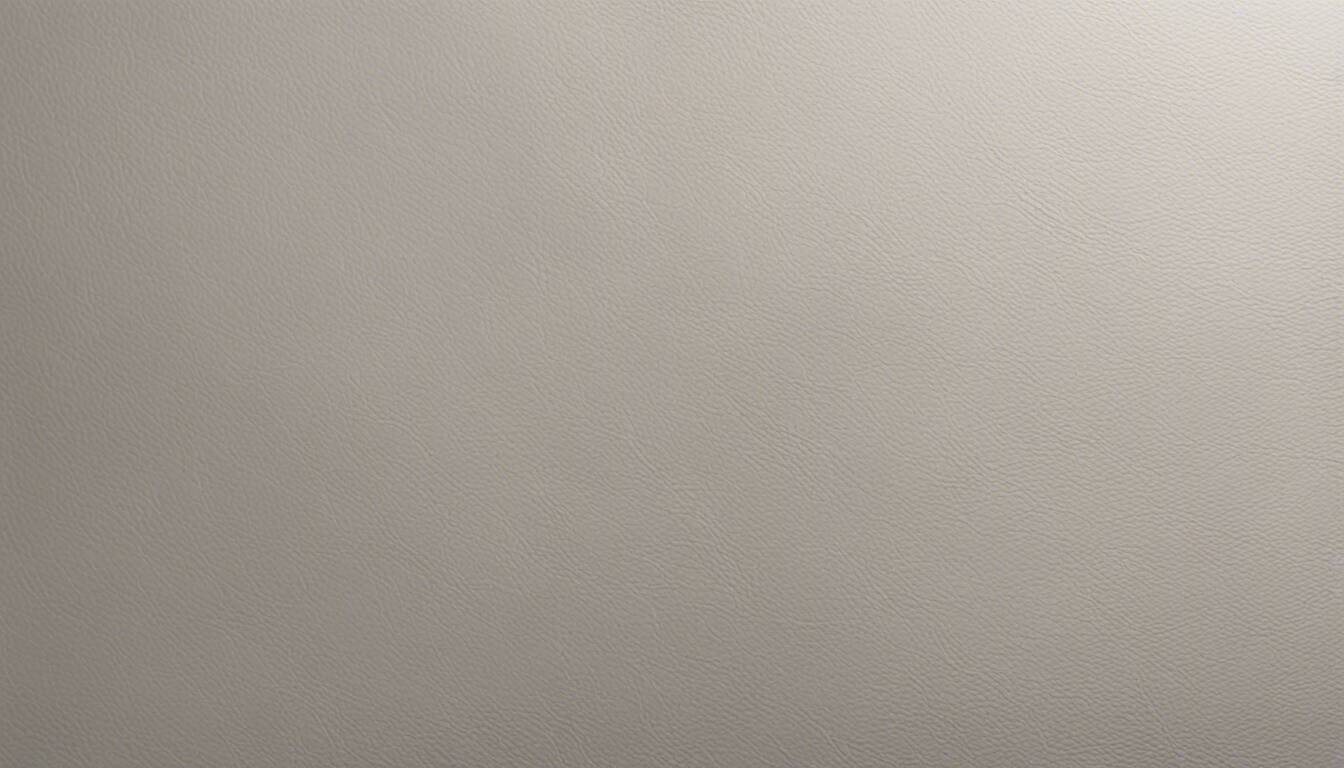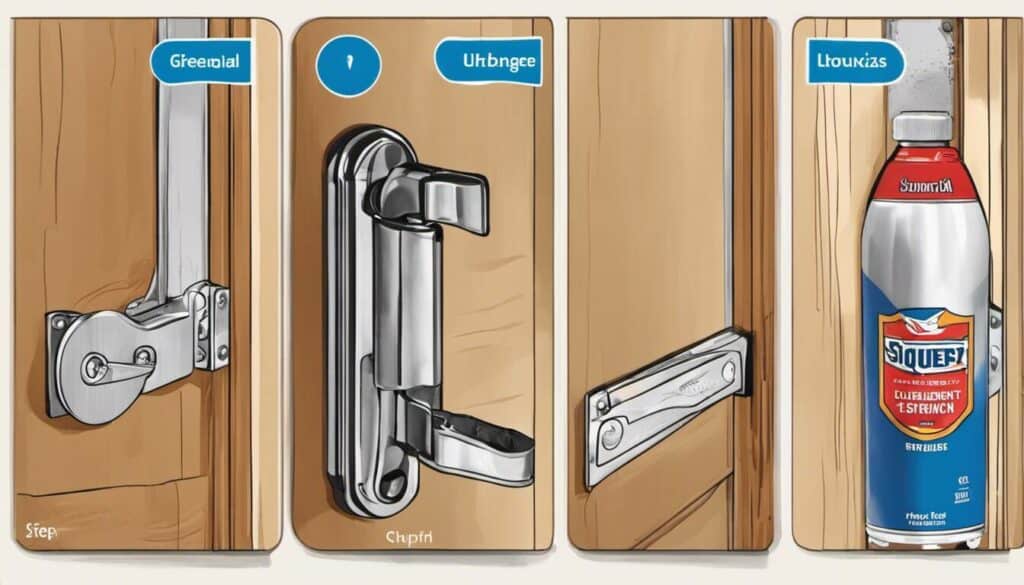Struggling with a troublesome drywall problem during major renovations? Been there, done that. In my own renovation journey, I faced a significant “Drywall Drama” that nearly derailed everything. But fear not! I tackled the challenge, fixed the botched drywall, and rescued my project from disaster. I recount this story in the hopes you’ll find some solutions for your own drywall woes along the way! Before we dive in, it’s important to note that DIY projects often come with hidden costs that can catch you off guard!
This article “Drywall Drama: How I Fixed a Botched Job” offers practical tips for anyone dealing with poorly installed or repaired drywall. I share my experience of what went wrong, and how I was able to correct it using techniques such as skim coating, sanding, and properly applying joint compound.

“In the realm of drywall, it’s more about knowledge and technique than raw power. Whether you’re patching holes from damage or fixing previous less than stellar handiwork, proper drywall repair is an exact science that involves patience and precision. I’ve studied and perfected these techniques for over 25 years, so trust me when I say, it’s doable, with the right tools and mindset.”
Tobias Sanderson, Certified Renovation Specialist
Identifying the Extent of Drywall Damage
When dealing with a botched drywall job, it’s crucial to first assess the extent of the damage. This will help you determine the best course of action for repairing and restoring your walls. Begin by thoroughly inspecting the affected areas, paying close attention to any visible signs of problems such as cracks, holes, or uneven textures. Take note of the size and severity of these issues as you evaluate the overall condition of your drywall. It’s also crucial to consider the paint sheen choice for your walls, as this can affect how imperfections are perceived.
Consider using a bright flashlight to shine light across the surface of your walls at different angles. This can reveal hidden imperfections that might not be immediately apparent under normal lighting conditions. Don’t forget to check both vertical and horizontal surfaces, as well as corners and edges.
To get a better understanding of the damage, gently press on different areas of the wall. If it feels soft or spongy to the touch, this could indicate water damage or underlying structural issues that need addressing before proceeding with any repairs.
By taking the time to carefully identify and document the extent of the drywall damage, you’ll be better equipped to plan and execute an effective repair strategy. Having the right toolbox essentials is crucial for tackling any drywall repair project successfully.
- In the United States, it’s estimated that approximately 20% of homeowners experience problems with drywall installations – this includes ‘botched jobs’.
- According to a study conducted by the National Association of Home Builders (NAHB), more than 50% of drywall repair or remodelling projects are undertaken due to poor initial installation or maintenance.
- A survey conducted in 2020 found that about 30% of DIY home repairs, including fixing botched drywall jobs, result in damages averaging around $200 due to incorrect methods or lack of proper tools and knowledge.
Assessing for Holes, Cracks, and Texture Issues
Once you’ve identified the overall extent of the drywall damage, it’s essential to focus on specific issues such as holes, cracks, and texture problems. These common problems can affect both the appearance and integrity of your walls.
Imagine walking into a room only to find unsightly holes staring back at you where there should be smooth surfaces. Or perhaps you notice cracks spiderwebbing across your once pristine wall. These issues not only detract from the visual appeal but can also compromise insulation and structural stability.
To assess for holes and cracks, closely examine every inch of your drywall. Small nail or screw holes are relatively easy to spot, but larger holes may require more thorough investigation. Carefully run your hand over the wall’s surface; if you feel any irregularities or jagged edges, you likely have a hole that needs addressing.
When it comes to texture issues, different types of textures can be found on drywall surfaces, such as popcorn, orange peel, or smooth finishes. Inspect for any areas where the texture appears inconsistent or damaged, whether it’s due to poor application or previous repair attempts.
Let’s say you find a series of small cracks running along a seam in your drywall and notice that the texture in that area is rough and uneven. This combination of cracks and texture problems suggests that you’ll need to address both issues during the repair process.
Remember, identifying these specific problems will help guide your repair strategy and ensure that you’re able to restore your walls to their former glory.
- Identifying specific drywall problems such as holes, cracks, and texture issues is crucial for restoring the appearance and integrity of your walls. Thoroughly inspecting the surface and feeling for irregularities can help identify problem areas. By addressing these specific issues, you can guide your repair strategy and ensure a successful restoration of your drywall surfaces.
Prep Work: From Damage Control to Repair Readiness
Before diving into the actual repair process for a botched drywall job, it’s crucial to lay the groundwork by preparing the damaged area and setting yourself up for a seamless repair process. This prep work not only ensures a better end result but also saves you time and effort in the long run.
The first step is to assess the extent of the damage caused by the poor drywall job. Take a close look at the texture, cracks, bumps, or any other imperfections that need attention. Identifying these issues allows you to plan your repair approach accordingly and gather the necessary tools and materials.
Next comes damage control. If there are loose or peeling sections of drywall tape, carefully remove them with a utility knife or putty knife. Gently scrape away any loose joint compound around the damaged area, ensuring a clean surface for the upcoming repairs.
Now that you’ve addressed any immediate concerns, it’s time to create an optimal environment for a successful repair. This involves clearing out the room and protecting adjacent surfaces from dust and debris. Cover furniture, flooring, and fixtures with drop cloths or plastic sheets to prevent them from getting damaged during the repair process.
Imagine you’re fixing a botched drywall job in your living room. You start by removing any furniture from the area and covering your beautiful hardwood floors with protective plastic sheets. By taking these precautions, you can focus on the repair without worrying about collateral damage.
With our damage control measures taken care of and our workspace properly prepared, let’s move on to discuss room preparation techniques that will contribute to a seamless repair process.
Room Preparation for Seamless Repair Process
Achieving professional-looking results requires meticulous room preparation before diving into repairing your botched drywall job. By following these key steps, you can ensure that your repair seamlessly blends in with the surrounding walls and surfaces.
First and foremost, it’s important to clean the area thoroughly. Remove any dust, dirt, or debris from the damaged wall section using a vacuum cleaner or a soft brush. Wipe down the surface with a damp cloth to eliminate any remaining particles that might interfere with the adhesion of joint compound or texture.
Next, level the damaged area. Use a sanding block or sandpaper to smooth out any uneven surfaces or ridges left behind by the botched drywall job. By creating a level and even surface, you’ll facilitate better adhesion of joint compound and ensure a seamless finish.
If your drywall had texture applied, consider matching the existing texture for a cohesive look. Experiment with different techniques and textures on spare pieces of drywall until you achieve a close match. This might involve using brushes, sponges, or specialized texture tools to recreate the texture pattern in the repaired section.
Now that we’ve thoroughly prepped our space for repair and ensured a clean canvas, we can move forward to tackle the actual process of repairing and texturizing botched drywall jobs.
Repairing and Texturizing Botched Drywall Jobs
Dealing with a botched drywall job can be frustrating, but with the right techniques, it’s possible to rectify the situation and save your renovation. The key is to approach each step systematically and with attention to detail. Whether you’re facing uneven patches, visible seams, or poorly applied texture, there are solutions to make your walls look seamless and professional once again.
When it comes to filling holes, patching cracks, and re-texturizing, it’s crucial to start by assessing the extent of the damage. Small nail holes or minor cracks can usually be easily repaired using joint compound or spackling. Remember that joint compound is preferred for larger repairs as it adheres better to the surface.
For instance, if you’re dealing with nail holes from hanging pictures on the wall, simply use a putty knife to apply a small amount of joint compound or spackling into each hole. Smooth it out with the knife, ensuring that the filler is flush with the surrounding wall surface. Let it dry completely before sanding.
For larger holes or cracks, you may need to use a patch or mesh tape along with joint compound. These materials help provide stability and prevent future cracking or crumbling. Apply a thin layer of compound over the patch or tape using a putty knife, feathering it out gradually beyond the edges for a smooth transition. This will minimize visible seams once the texture is applied. For an extra layer of protection, consider using caulk as an all-in-one sealant around the edges of your repair.
Now that we’ve addressed filling holes and patching cracks, let’s move on to re-texturizing your walls to achieve that flawless finish.
Filling Holes, Patching Cracks, and Re-Texturizing
Once you have successfully filled holes and patched cracks in your drywall, it’s time to tackle re-texturizing. This step is vital for restoring uniformity to the surface and ensuring a seamless blend with the rest of the wall.
To match the existing texture, it’s essential to identify the type of texture that was previously applied. Some common options include orange peel, knockdown, popcorn, and skip trowel. Texture can be achieved using specialized brushes, sprayers, or by hand using various techniques.
For example, if you’re aiming for an orange peel texture, you can try using a spray gun or a manual hopper with an air compressor. Adjusting the nozzle and pressure will help you achieve the desired texture depth and consistency. Start by practicing on a scrap piece of drywall or an inconspicuous area before applying it to the repaired sections.
Once you have sprayed or applied the texture, allow it to dry according to the manufacturer’s instructions. Afterward, you can lightly sand the newly textured area to smooth out any imperfections or high spots. Be cautious during this step as excessive sanding can remove too much of the texture.
With holes filled, cracks patched, and textures reapplied, your walls are nearly ready for a flawless finish. The last crucial step is mastering the art of sanding.
The Art of Sanding For a Flawless Finish
When it comes to achieving a flawless finish on your drywall, sanding plays a crucial role. This often-underestimated step can make all the difference in the final outcome of your project. So, let’s dive into the art of sanding and learn the techniques that will help you achieve that smooth and professional look.
Firstly, it’s essential to choose the right sandpaper grit for the job. A lower grit, such as 80 or 100, is ideal for rough surfaces or initial sanding. As you progress, move to higher grits like 120 or 150 for finer sanding. Remember, gradually transitioning through different grits will result in a smoother surface.
Start with a light touch and gentle movements when sanding. Applying too much pressure can leave gouges or uneven spots on the surface. Instead, let the sandpaper do its work and guide it along the surface smoothly. Be patient and take your time to ensure an even sanding job. For larger areas, consider swapping brushes for rollers to achieve a more even finish when applying paint or texture.
Imagine you’re refining the texture on a repaired patch of drywall. Begin by using gentle circular motions with the sandpaper, gradually widening and overlapping them until the patched area blends seamlessly with the surrounding surface.
It’s also important to keep your workspace clean during the sanding process. Dust particles can settle on freshly sanded areas and create imperfections in the final finish. Using a vacuum or dry cloth to remove dust regularly will help maintain a clean working environment.
Think of it like painting a masterpiece – you wouldn’t want any stray brush hairs or dirt spoiling your creation. Similarly, keeping your workspace tidy while sanding ensures a pristine end result.
To further refine your technique and achieve a flawlessly smooth finish, use a sanding block or pole sander. These tools provide stability and distribute pressure evenly, reducing the risk of uneven sanding. Sand in a consistent pattern, such as back and forth or in circular motions, to maintain an even surface.
For areas that require extra attention, such as seams or corners, consider using a sanding sponge. Its flexibility allows for better maneuverability in tight spaces and reduces the chances of over-sanding adjacent areas.
Once you’ve completed the initial sanding, inspect the surface for any imperfections or uneven spots. If necessary, apply another layer of joint compound and repeat the sanding process until you’re satisfied with the smoothness of the surface.
Remember, mastering the art of sanding takes practice. Each project presents its unique challenges, but with patience and precision, you can achieve that flawless finish you desire.





The nightmare on Drywall street; I remember dealing with my botched drywall that was more a labyrinth than a flat wall!
I remember working on a 1898 Victorian mansion in my early career, one where even the walls appeared to convulse under the weight of antiquity. The drywall was a nightmare; it took days of painstaking effort to restore it back to a semblance of its original form. It was then that I realized every wall has its unique story and requires its own tender loving care!
Quinton, I echo your sentiment wholeheartedly, especially when working with older homes—each wall indeed holds its unique narrative that shapes its distinctive requirement for refurbishment.
In my experience, adding an extra layer to reinforce the drywall isn’t always an excess—it can be a lifesaver when you discovered an unexpected surprise hiding within the walls of a century-old farmhouses. Trust me, I’ve seen stuff!
I agree wholly with you, Roderick. An additional layer of reinforcement might seem overkill at first but in the long run can help address hidden surprises behind walls, especially with century-old houses like mine as well. Interestingly, what always gets me are those odd spaces where standard size drywall won’t fit and I have to custom cut – every time it feels like a mini heart attack!